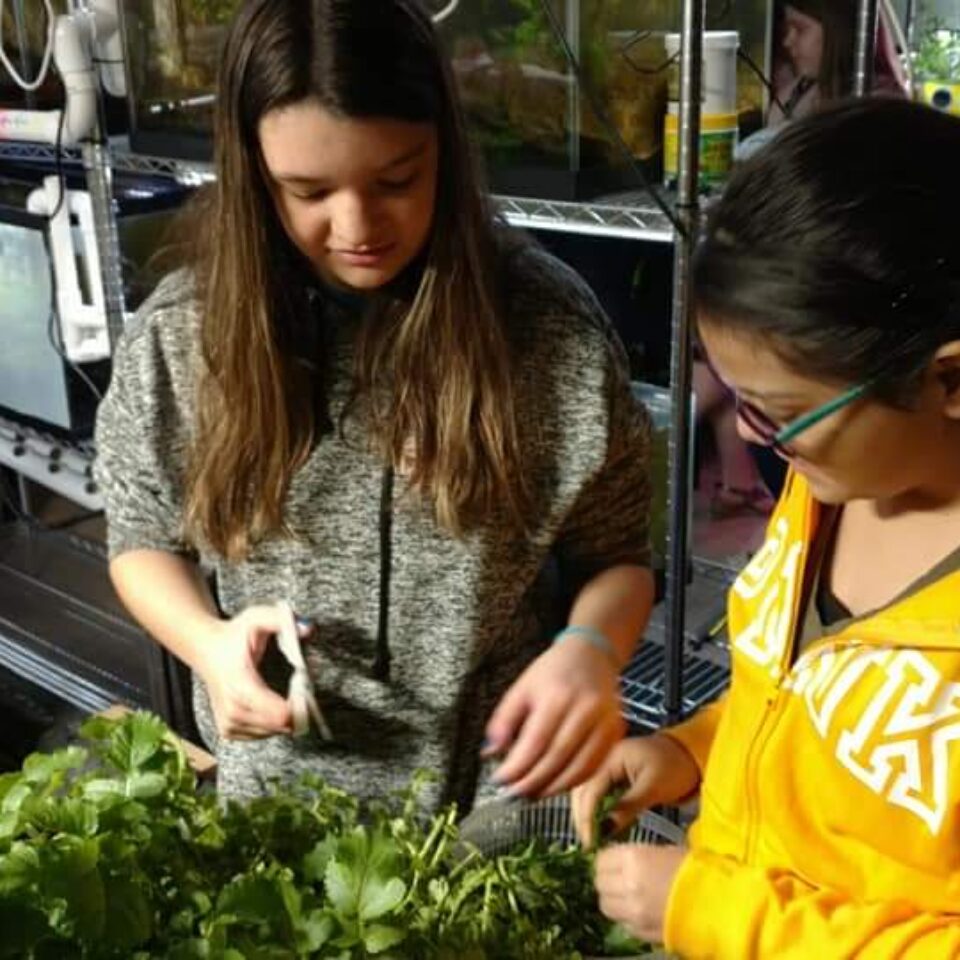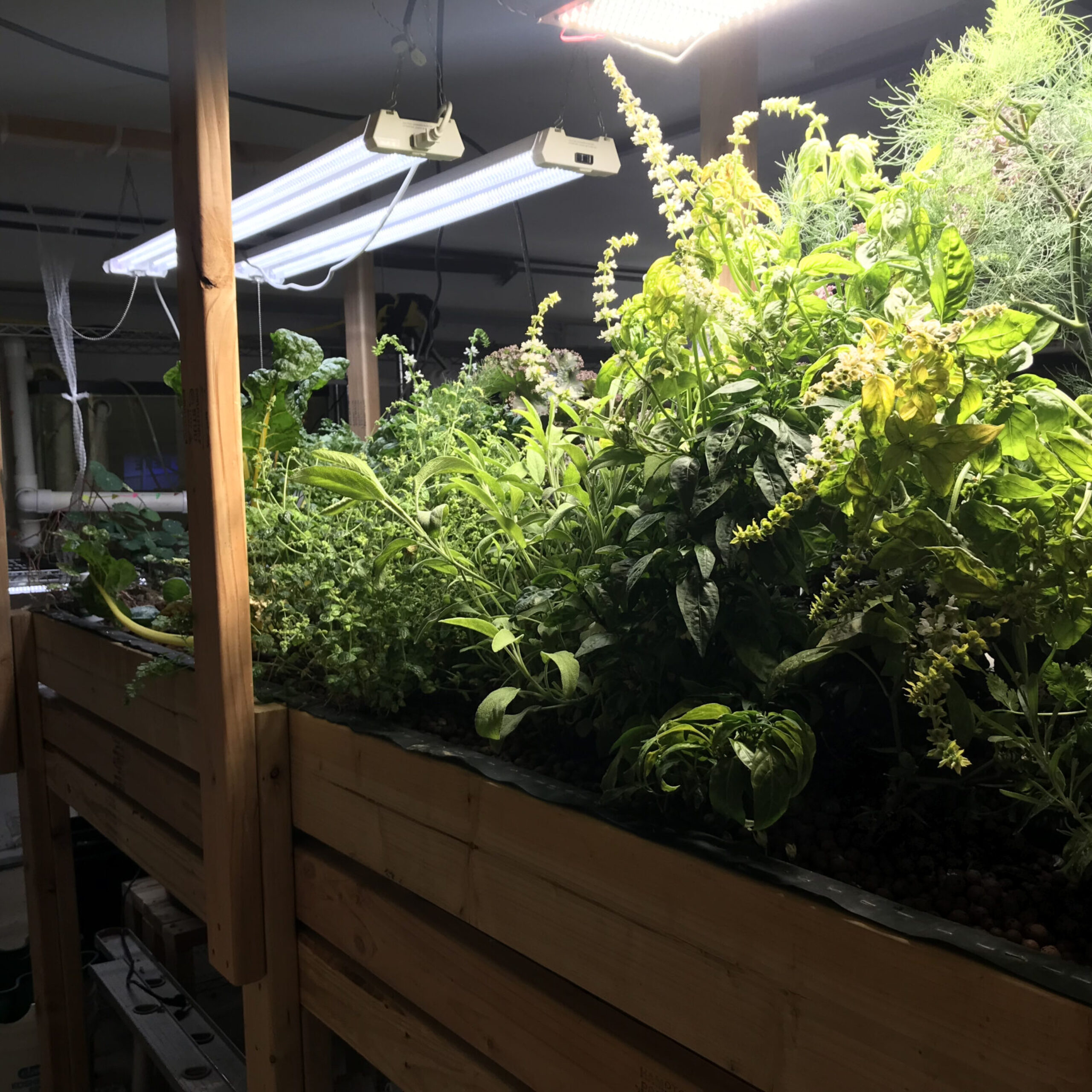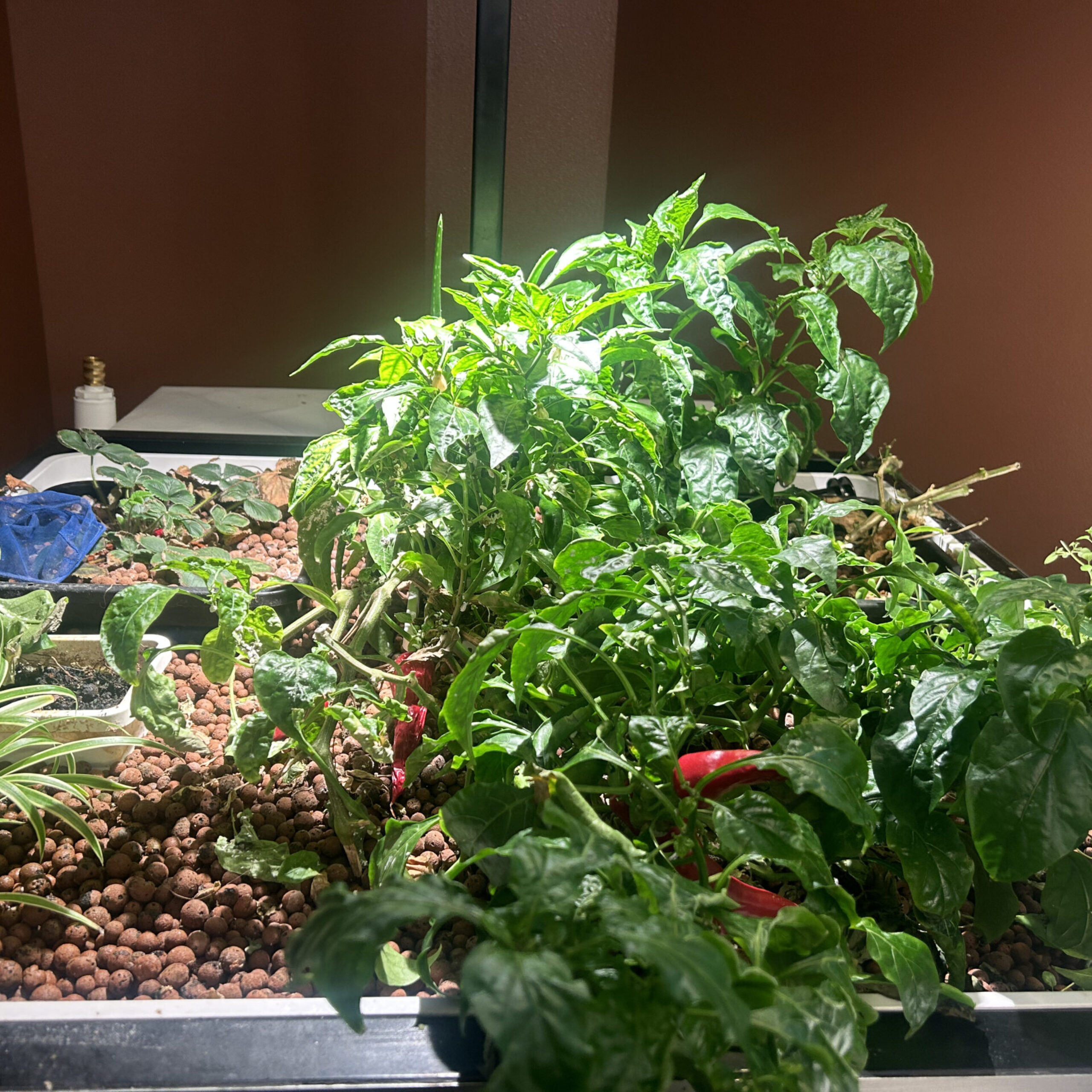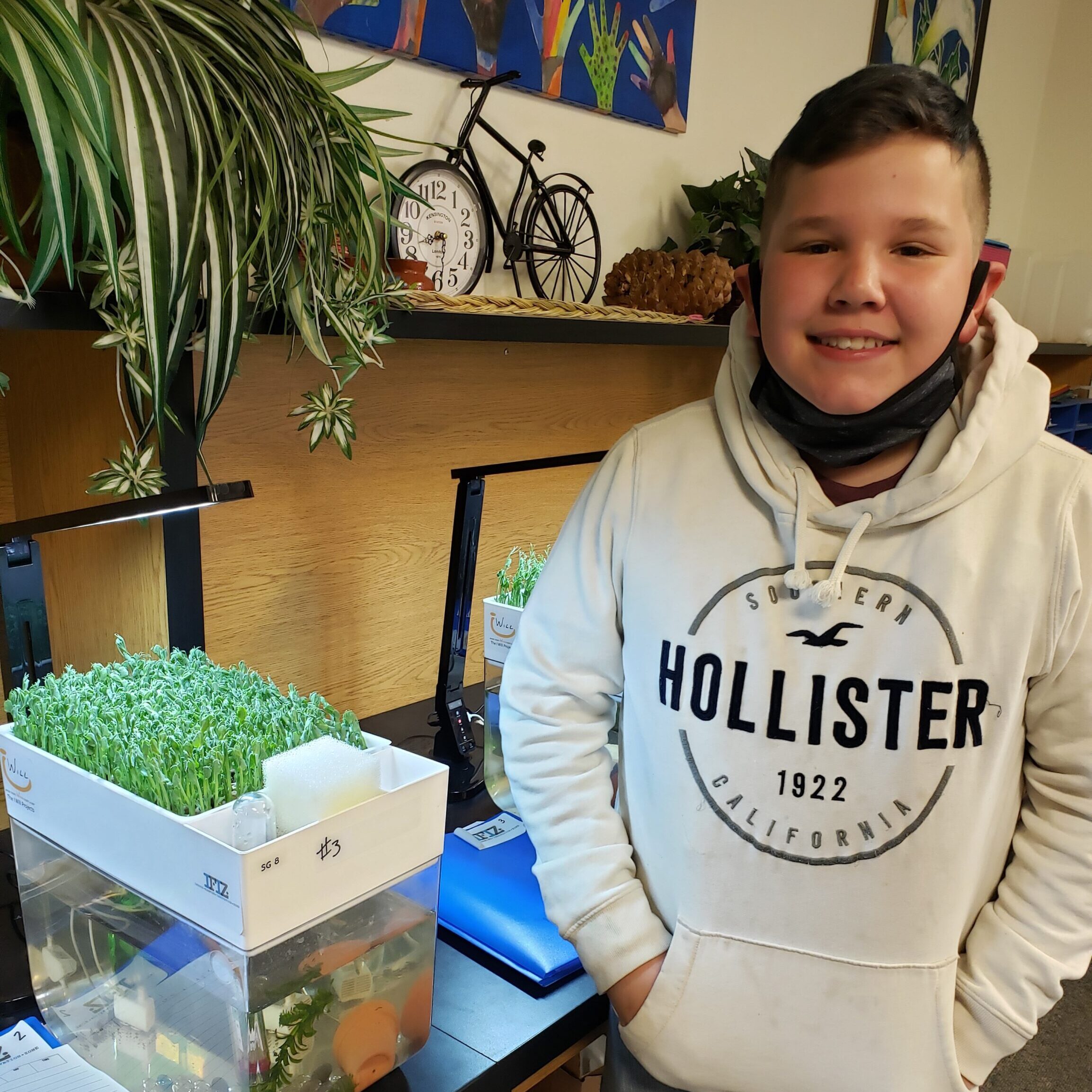“Biodiversity is the foundation for a healthy ecosystem, which in turn sustains life.”
— Edward O. Wilson
Table of contents
Introduction
Rare vegetables abound in the vast world of agriculture, where an astonishing diversity of edible plants awaits our discovery.
While there isn’t one definitive answer, research suggests there are at least 7,000, and potentially up to 30,000 or even 80,000 plant species that are edible to humans.
Nature’s creativity shines through the extraordinary variety of vegetables that many of us have never encountered.
These rare vegetables have vibrant colors, unusual shapes, and remarkable flavors. They are bound to captivate your imagination and expand your culinary repertoire.
Let us explore some of the most intriguing and exotic vegetables you might never believe exist.

1. Oca (Oxalis tuberosa): The Multicolored Marvel
Oca, native to the Andean region, is a tuber that rivals the potato in versatility and nutritional value.
This small, brightly colored vegetable comes in hues of pink, orange, red, and yellow. Its tangy, citrus-like flavor transforms into a mild, nutty taste when cooked.
Oca thrives in high altitudes and poor soils, making it a staple for communities in harsh climates.
Beyond its culinary applications, Oca is a nutritional powerhouse rich in carbohydrates, vitamin C, and iron, making it a sought-after ingredient for adventurous chefs.
2. Romanesco: The Fibonacci Wonder
A relative of broccoli and cauliflower, Romanesco is as much a work of art as it is a vegetable. Its lime-green spiraled florets follow a natural fractal pattern, exemplifying the Fibonacci sequence in its design.
The vegetable is a showstopper in salads and stir-fries.
Romanesco is mild and nutty, with a texture slightly crunchier than cauliflower.
Packed with vitamin C, vitamin K, and fiber, it is as nutritious as it is mesmerizing.
Steaming or roasting this vegetable preserves its delicate flavor and vibrant appearance.
3. Purple Sweet Potato: A Nutritional Powerhouse
Unlike its orange-fleshed cousin, the purple sweet potato boasts a rich violet interior thanks to anthocyanins, powerful antioxidants that promote heart health and reduce inflammation.
Native to Okinawa, Japan, this tuber has a subtly sweet, nutty flavor that pairs well with both savory and sweet dishes.
The purple sweet potato has gained popularity for its health benefits, including high fiber content and significant levels of vitamin A. It has become a staple in modern cuisine, appearing in desserts, smoothies, and even baked goods.
4. Winged Bean: The Entirely Edible Wonder
The winged bean, or Psophocarpus tetragonolobus, is a tropical legume native to Southeast Asia.
What sets this vegetable apart is its versatility; every part of the plant is edible, from the pods and leaves to the flowers and tubers.
The pod’s unique wing-like edges make it visually striking, while its nutty flavor and high protein content make it a valuable crop for malnutrition prevention.
Rich in vitamins A and C, calcium, and iron, the winged bean is an essential component of sustainable agriculture systems.
5. Kohlrabi: The Space-Age Turnip
Often described as looking like something from outer space, kohlrabi is a bulbous vegetable with long, leafy stems.
A member of the cabbage family, it has a crisp texture and a mildly sweet flavor reminiscent of broccoli stems.
Kohlrabi is highly versatile, delicious when eaten raw, roasted, or steamed.
Packed with vitamin C, potassium, and dietary fiber, it is a health-conscious choice for modern diets. Its adaptability to various cuisines has made it a favorite among chefs worldwide.
6. Black Radish: The Bold and Spicy Root
This striking black-skinned root vegetable has a bold, peppery flavor that can be enjoyed raw or cooked.
Black radish has been used in traditional medicine for centuries due to its detoxifying properties and high levels of antioxidants.
The rough, dark exterior contrasts beautifully with its crisp, white flesh.
Sliced thin and paired with butter or incorporated into soups and stews, black radish adds a layer of complexity to many dishes.
7. Samphire: The Ocean’s Asparagus
Samphire, also known as sea asparagus or glasswort, is a succulent vegetable that thrives in coastal regions.
Its vibrant green stems have a salty, briny flavor reminiscent of the ocean, making it a perfect accompaniment to seafood dishes.
Samphire is rich in iodine, magnesium, and vitamins A and C.
It is commonly used in salads, pickled as a condiment, or sautéed with garlic for a simple yet sophisticated side dish.
8. Chayote: The All-Purpose Gourd
Native to Mexico and Central America, chayote is a pear-shaped gourd with a mild flavor and crisp texture.
Although technically a fruit, it is prepared and eaten like a vegetable. It is often used in soups, stews, and stir-fries, as well as raw in salads.
Chayote is low in calories but high in essential nutrients like vitamin C, potassium, and folate. Its versatility and adaptability to various cuisines have contributed to its growing popularity worldwide.
9. Celtuce: The Lettuce-Stem Hybrid
Celtuce, also known as stem lettuce or asparagus lettuce, is a dual-purpose vegetable.
While its leaves resemble ordinary lettuce, it is the thick, tender stem that steals the show.
When cooked, the stem develops a mild, nutty flavor with a crisp, celery-like texture.
A favorite in Chinese cuisine, celtuce is rich in vitamins A, C, and K, as well as fiber.
It is often stir-fried, pickled, or used in soups, offering a unique twist to everyday dishes.
10. White Eggplant: The Elegant Alternative
Unlike the common purple variety, white eggplants are smaller and have a creamier texture. Their mild, slightly sweet flavor makes them ideal for grilling, roasting, or baking.
Their elegant appearance has earned them the nickname “garden eggs.”
White eggplants are low in calories and contain antioxidants that support heart health. They are a great addition to Mediterranean and Asian dishes, elevating both flavor and presentation.
The world of vegetables is filled with surprising treasures that challenge our understanding of what is possible in nature.
From fractal patterns to unique flavors and impressive nutritional benefits, these rare vegetables are a testament to the diversity of our planet’s bounty.
Conclusion
The world of vegetables is filled with surprising treasures that challenge our understanding of what is possible in nature.
From fractal patterns to unique flavors and impressive nutritional benefits, these rare vegetables are a testament to the diversity of our planet’s bounty.
By exploring these lesser-known gems, we not only expand our palates but also promote sustainable and diverse agricultural practices.
Frequently Asked Questions
What is the rarest vegetable in the world?
The “Hopi Blue Corn” is considered one of the rarest vegetables due to its cultural significance and limited cultivation among Native American tribes.
Are rare vegetables more nutritious than common ones?
While not necessarily more nutritious, many rare vegetables contain unique nutrients or higher concentrations of antioxidants and minerals.
Where can I buy rare vegetables?
Farmers’ markets, specialty grocers, and online seed retailers often carry rare vegetables or seeds for home gardening.
Are rare vegetables difficult to grow?
Some rare vegetables require specific climates or growing conditions, but many are resilient and easy to cultivate in home gardens.
How can I cook with rare vegetables?
Treat them like regular veggies—experiment with steaming, roasting, or incorporating them into your favorite recipes. Research the vegetable’s origin for traditional cooking techniques.
Why are some vegetables considered rare?
Limited geographical growth, climate-specific requirements, or cultural significance make certain vegetables rare and exotic.
The I Will Projects, a 501c3 Non-Profit, promotes diverse solutions for global challenges. Our IFIZ education programs, emphasizing aquaponics, and insect farming, empower communities through knowledge, collaboration, and sustainable innovation.













